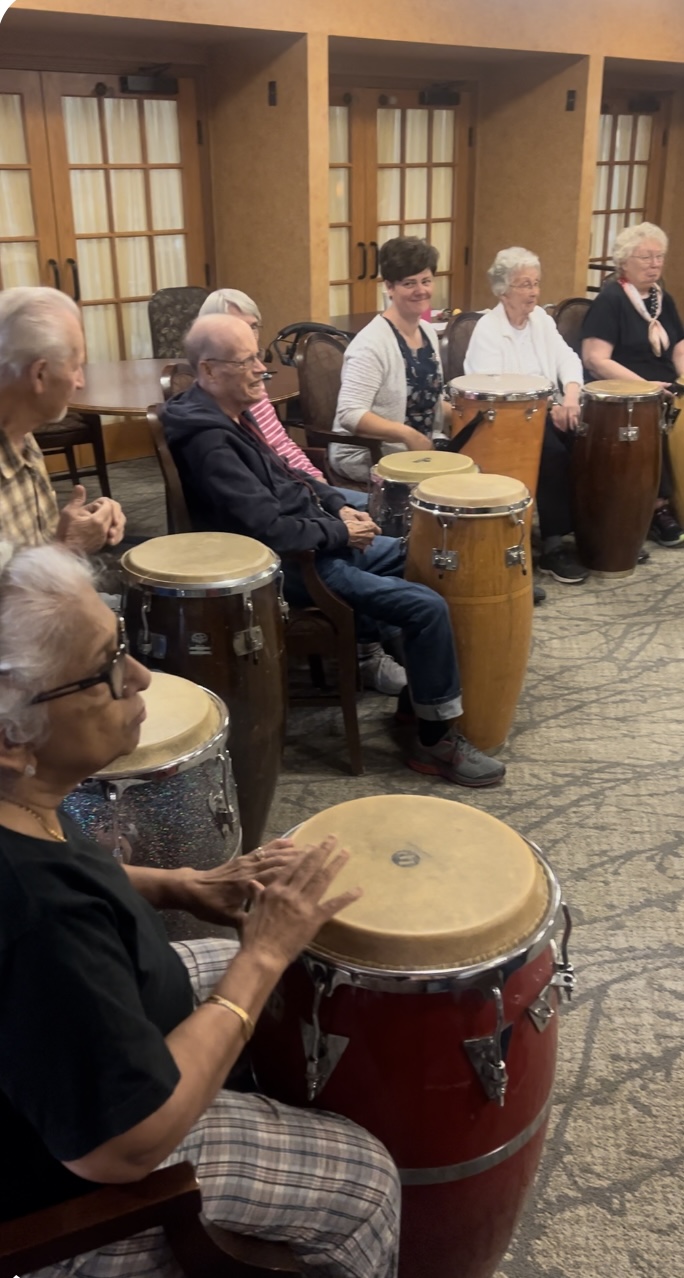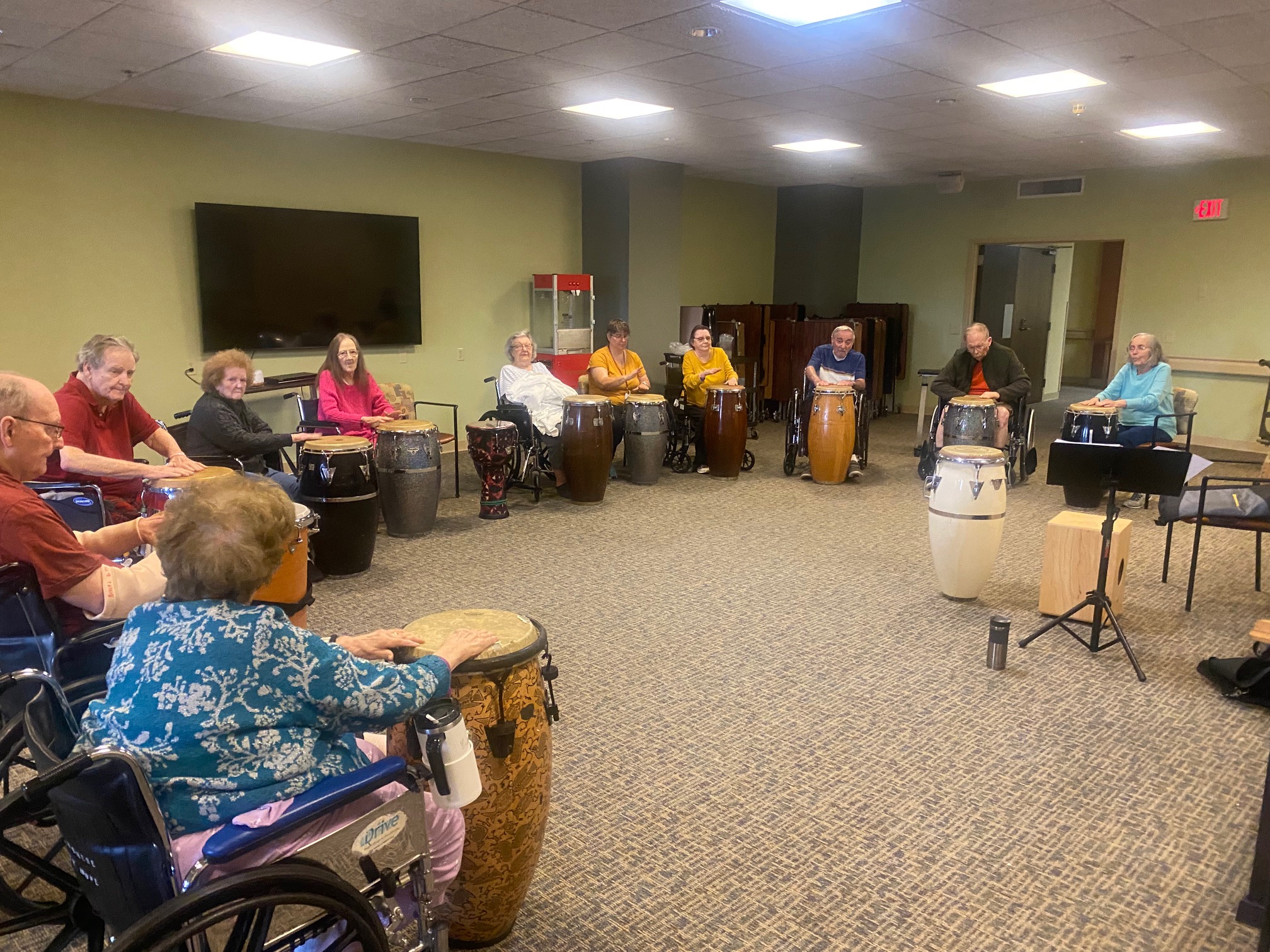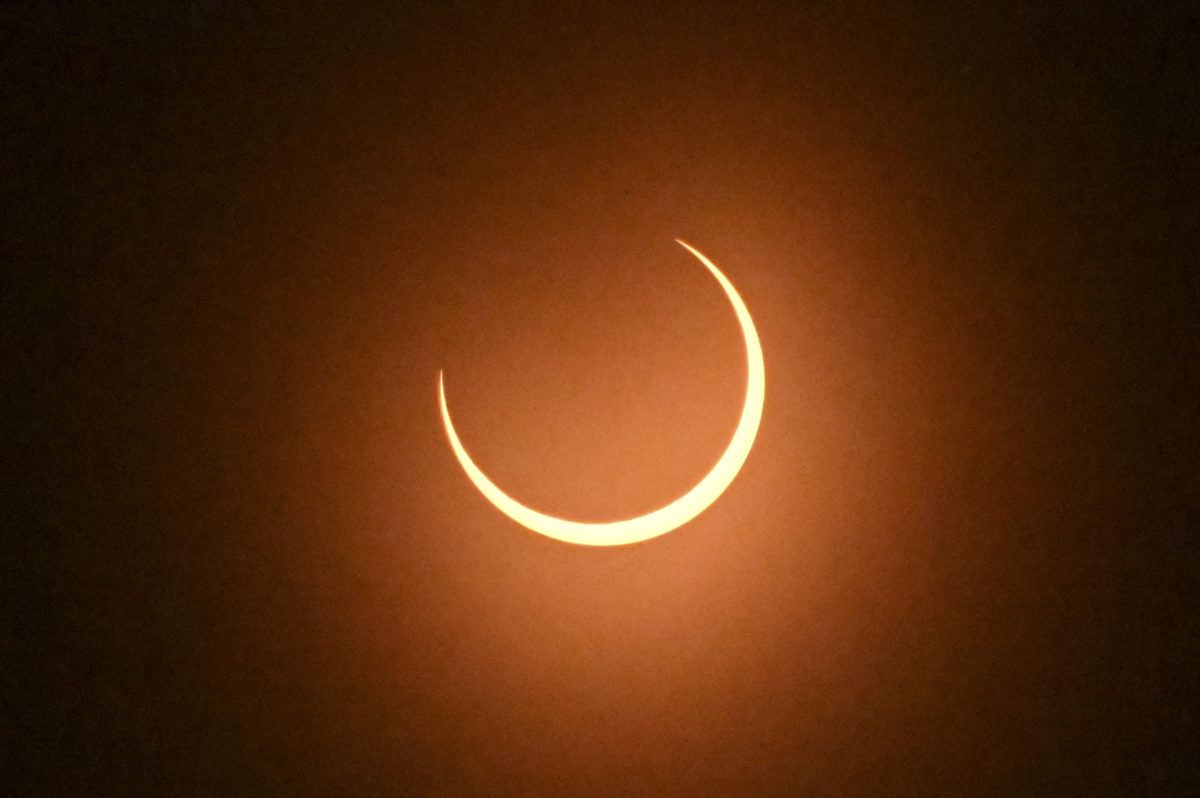Blog
Emmanuel “Rico” Rodriguez MBE (17 October 1934 – 4 September 2015), also known as Rico, Reco or El Reco, was a Cuban-born Jamaican ska and reggae trombonist. He recorded with producers such as Karl Pitterson, Prince Buster, and Lloyd Daley. He was known as one of the first ska musicians. Beginning in the 1960s, he worked with The Members, The Specials, Jools Holland, and Paul Young.
Rodriguez was born in Havana, Cuba, and at an early age moved with his family to Jamaica. He grew up there in Kingston, and was taught to play the trombone by his slightly older schoolmate Don Drummond at the Alpha Boys School. In the 1950s, Rodriguez became a Rastafarian and was closely associated musically to the rasta drummer Count Ossie.
In 1961 Rodriguez moved to the UK, where he joined live bands such as Georgie Fame‘s Blue Flames and started to play in reggae bands. Rodriguez also began recording with his own band, Rico’s All Stars, and later formed the group Rico and the Rudies, recording the 1969 albums Blow Your Horn and Brixton Cat.In 1976 he recorded the album Man from Wareika under a contract with Island Records. In the late 1970s, he recorded a song called Offshore Banking Business with The Members and with the arrival of the 2 Tonegenre, he played with ska revival bands such as The Specials including their single “A Message to You, Rudy”
more...Barney Kessel (October 17, 1923 – May 6, 2004) was an American jazz guitarist. Known in particular for his knowledge of chords and inversions and chord-based melodies, he was a member of many prominent jazz groups as well as a “first call” guitarist for studio, film, and television recording sessions. Kessel was a member of the group of session musicians informally known as the Wrecking Crew.
Kessel was born in Muskogee, Oklahoma in 1923 to a Jewish family. Kessel’s father was an immigrant from Hungary who owned a shoe shop. His only formal musical study was three months of guitar lessons at the age of 12. He began his career as a teenager touring with local dance bands. When he was 16, he started playing with the Oklahoma A&M band, Hal Price & the Varsitonians. The band members nicknamed him “Fruitcake” because he practiced up to 16 hours a day. Kessel gained attention because of his youth and being the only white musician playing in all African American bands at black clubs.
more...William Randolph “Cozy” Cole (October 17, 1909 – January 9, 1981) was an American jazz drummer who worked with Cab Calloway and Louis Armstrong among others and led his own groups.
William Randolph Cole was born in East Orange, New Jersey, United States. His first music job was with Wilbur Sweatman in 1928. In 1930, he played for Jelly Roll Morton‘s Red Hot Peppers, recording an early drum solo on “Load of Cole”. He spent 1931–33 with Blanche Calloway, 1933–34 with Benny Carter, 1935–36 with Willie Bryant, 1936–38 with Stuff Smith‘s small combo, and 1938–42 with Cab Calloway. In 1942, he was hired by CBS Radio music director Raymond Scott as part of network radio’s first integrated orchestra. After that he played with Louis Armstrong’s All Stars.
Cole performed with Louis Armstrong and his All Stars with Velma Middleton singing vocals for the ninth Cavalcade of Jazz concert held at Wrigley Field in Los Angeles. The concert was produced by Leon Hefflin, Sr. on June 7, 1953. Also featured that day were Roy Brown and his Orchestra, Don Tosti and His Mexican Jazzmen, Earl Bostic, Nat “King” Cole, and Shorty Rogers and his Orchestra.
more...

This glittering image shows the spiral galaxy IC 5332, which lies about 30 million light-years away in the constellation Sculptor, and has an almost face-on orientation to Earth. To explain what is meant by ‘face-on’, it is helpful to visualise a spiral galaxy as an (extremely) large disc. If the galaxy is oriented so that it appears circular and disc-shaped from our perspective here on Earth, then we can say that it is ‘face-on’. In contrast, if it is oriented so that it appears squashed and oval-shaped, then we would say that it is ‘edge-on’. The key thing is that the same galaxy would look extremely different from our perspective depending on whether it was face-on or edge-on as seen from Earth. Check out these previous Hubble Pictures of the Week for examples of another face-on spiral galaxy and an almost edge-on spiral galaxy.
IC 5332 is designated as an SABc-type galaxy in the De Vaucouleurs system of galaxy classification. The ‘S’ is straightforward, identifying it as a spiral galaxy, which it clearly is, given the well-defined arms of bright stars and darker dust that curl outwards from the galaxy’s dense and bright core. The ‘AB’ is a little more complex. It means that the galaxy is weakly barred, which refers to the shape of the galaxy’s centre. The majority of spiral galaxies do not spiral out from a single point, but rather from an elongated bar-type structure. SAB galaxies — which are also known as intermediate spiral galaxies — do not have a clear bar-shape at their core, but also do not spiral out from a single point, instead falling somewhere in between. The lowercase ‘c’ describes how tightly wound the spiral arms are: ‘a’ would indicate very tightly wound, and ‘d’ very loosely wound. Thus, IC 5332 is quite an intermediate spiral galaxy on many fronts: weakly barred, with quite loosely wound arms, and almost completely face-on!

Roy Anthony Hargrove (October 16, 1969 – November 2, 2018) was an American jazz musician and composer whose principal instruments were the trumpet and flugelhorn. He achieved worldwide acclaim after winning two Grammy Awards for differing styles of jazz in 1998 and 2002. Hargrove primarily played in the hard bop style for the majority of his albums, but also had a penchant for genre-crossing exploration and collaboration with a variety of hip hop, soul, R&B and alternative rock artists. As Hargrove told one reporter, “I’ve been around all kinds of musicians, and if a cat can play, a cat can play. If it’s gospel, funk, R&B, jazz or hip-hop, if it’s something that gets in your ear and it’s good, that’s what matters.”
Hargrove was born in Waco, Texas, to Roy Allan Hargrove and Jacklyn Hargrove. When he was 9, his family moved to Dallas, Texas. He took lessons at school initially on cornet before turning to trumpet. One of Hargrove’s most profound early influences was a visit to his junior high school by saxophonist David “Fathead” Newman, who performed as a sideman in Ray Charles‘s Band. Hargrove’s junior high music teacher, Dean Hill, whom Hargrove called his “musical father,” taught him to improvise and solo. He was discovered by Wynton Marsalis when Marsalis visited the Booker T. Washington High School for the Performing and Visual Arts in Dallas. Hargrove credited trumpeter Freddie Hubbard as having the greatest influence on his sound. A quiet and retiring person in life, Hargrove struggled with kidney failure.[48] He died at the age of 49 of cardiac arrest brought on by kidney disease on November 2, 2018, while hospitalized in New Jersey. According to his long-time manager, Larry Clothier, Hargrove had been on dialysis for the last 14 years of his life.
more...Robert Hall Weir Parber, born October 16, 1947 is an American musician and songwriter best known as a founding member of the Grateful Dead. After the group disbanded in 1995, Weir performed with The Other Ones, later known as The Dead, together with other former members of the Grateful Dead. Weir also founded and played in several other bands during and after his career with the Grateful Dead, including Kingfish, the Bob Weir Band, Bobby and the Midnites, Scaring the Children, RatDog, and Furthur, which he co-led with former Grateful Dead bassist Phil Lesh. In 2015, Weir, along with former Grateful Dead members Mickey Hart and Bill Kreutzmann, joined with Grammy-winning singer/guitarist John Mayer, bassist Oteil Burbridge, and keyboardist Jeff Chimenti to form the band Dead & Company. Dead & Company’s last performance occurred on 16 July 2023 at Oracle Park in San Francisco.
During his career with the Grateful Dead, Weir played mostly rhythm guitar and sang many of the band’s rock & roll and country & western songs. In 1994, he was inducted into the Rock and Roll Hall of Fame as a member of the Grateful Dead.
Weir was born in San Francisco, California, to John (Jack) Parber (1925–2015), of Italian and German ancestry, and a fellow college student, Phyllis Inskeep (1924–1997), of German, Irish, and English ancestry.
more...
Roger G. Hawkins (October 16, 1945 – May 20, 2021) was an American drummer best known for playing as part of the studio backing band known as the Muscle Shoals Rhythm Section (also known as the Swampers) of Alabama.
Hawkins’s drumming can be heard on dozens of hit singles, including tracks by Percy Sledge (“When a Man Loves a Woman“), Aretha Franklin (“Respect“, “I Never Loved a Man (The Way I Love You)” etc.), Wilson Pickett (“Mustang Sally“, “Land of 1000 Dances“), The Staple Singers, Johnnie Taylor, Bobby Womack, Clarence Carter, Etta James, Duane Allman, Joe Cocker, Paul Simon, Bob Seger, Bonnie Bramlett, Bobby “Blue” Bland, Boz Scaggs, Albert King, Traffic, Rod Stewart, Dan Penn, Lulu, and Willie Nelson. He also recorded with Eric Clapton in the early 80’s.
more...Joseph Lee “Big Joe” Williams (October 16, 1903 – December 17, 1982) was an American Delta blues guitarist, singer and songwriter, notable for the distinctive sound of his nine-string guitar. Performing over five decades, he recorded the songs “Baby, Please Don’t Go“, “Crawlin’ King Snake” and “Peach Orchard Mama” (now thought to have been recorded by “Jackson” Joe Williams who recorded at The Bluebird session on June 17, 1938 at Leland Hotel in Aurora, IL and also recorded “Goin’ Up The Mountain” the same day), among many others, for various record labels, including Bluebird, Delmark, Okeh, Prestige and Vocalion. He was inducted into the Blues Hall of Fame on October 4, 1992.
The blues historian Barry Lee Pearson (Sounds Good to Me: The Bluesman’s Story, Virginia Piedmont Blues) described Williams’s performance:
- When I saw him playing at Mike Bloomfield’s “blues night” at the Fickle Pickle, Williams was playing an electric nine-string guitar through a small ramshackle amp with a pie plate nailed to it and a beer can dangling against that. When he played, everything rattled but Big Joe himself. The total effect of this incredible apparatus produced the most buzzing, sizzling, African-sounding music I have ever heard.
Born in Oktibbeha County, a few miles west of Crawford, Mississippi, Williams as a youth began wandering across the United States busking and playing in stores, bars, alleys and work camps. In the early 1920s he worked in the Rabbit Foot Minstrels revue. He recorded with the Birmingham Jug Band in 1930 for Okeh Records.
more...Cheers erupted among crowds in Oregon and New Mexico on Saturday as a rare “ring of fire” eclipse of the sun that had millions across the Americas waiting with anticipation began putting on a spectacular show.
With the presence of cloudy skies, a NASA livestream of the phenomenon reported it in Eugene, Oregon, shortly after 9:15 a.m. local time. This came over an hour after a partial eclipse set in.
For the small towns and cities along its narrow path, there was a mix of excitement, worries about the weather and concerns they’d be overwhelmed by visitors flocking to see the celestial event, also called an annular solar eclipse. Clouds and fog threatened to obscure the view of the eclipse in some western states, including California and Oregon.
As totality began in Eugene, Oregon, oohs and ahs combined with groans of disappointment as the eclipse was intermittently visible, the sun’s light poking through the cloud cover from behind the moon only at times.
In New Mexico, the sky was crystal clear, giving tens of thousands of spectators an unfettered view. They got a double treat since the eclipse coincided with an international balloon fiesta that draws close to 100,000 spectators for early morning mass ascensions of hundreds of colorful hot air balloons.

The moon crosses in front of the sun during the annular solar eclipse on October 14, 2023, as seen from the Astronomical Observatory of the National Autonomous University of Honduras (UNAH) in Tegucigalpa. (Photo by Orlando SIERRA / AFP) (Photo by ORLANDO SIERRA/AFP via Getty Images)
Fela Aníkúlápó Kútì (born Olufela Olusegun Oludotun Ransome-Kuti; 15 October 1938 – 2 August 1997), also known as Abàmì Ẹ̀dá, was a Nigerian musician, bandleader, composer, political activist, and Pan-Africanist. He is regarded as the King of Afrobeat, a Nigerian music genre that combines West African music with American funk and jazz. At the height of his popularity, he was referred to as one of Africa’s most “challenging and charismatic music performers”. AllMusic described him as “a musical and sociopolitical voice” of international significance.
Kuti was the son of Nigerian women’s rights activist Funmilayo Ransome-Kuti. After early experiences abroad, he and his band Africa 70 (featuring drummer and musical director Tony Allen) shot to stardom in Nigeria during the 1970s, during which he was an outspoken critic and target of Nigeria’s military juntas. In 1970, he founded the Kalakuta Republic commune, which declared itself independent from military rule. The commune was destroyed in a 1978 raid that injured Kuti and his mother. He was jailed by the government of Muhammadu Buhari in 1984, but released after 20 months. He continued to record and perform through the 1980s and 1990s. Since his death in 1997, reissues and compilations of his music have been overseen by his son, Femi Kuti. On 3 August 1997, Kuti’s brother Olikoye Ransome-Kuti, already a prominent AIDS activist and former Minister of Health, announced that Kuti had died on the previous day from complications related to AIDS. Kuti had been an AIDS denialist, and his widow maintained that he did not die of AIDS. His youngest son Seun took the role of leading Kuti’s former band Egypt 80. As of 2022, the band is still active, releasing music under the moniker Seun Kuti & Egypt 80.
more...Lionel Frederick Cole (October 15, 1931 – June 27, 2020) was an American jazz singer and pianist whose recording career spanned almost 70 years. He was the brother of musicians Nat King Cole, Eddie Cole, and Ike Cole, father of Lionel Cole, and uncle of Natalie Cole and Carole Cole.
Freddy Cole was born to Rev. Edward J. Coles and Perlina (Adams) Coles, and grew up in Chicago, Illinois. His brothers Nat “King” Cole (1919–1965), Eddie (1910–1970), and Ike (1927–2001) also each pursued careers in music. He began playing piano at the age of six, and continued his musical education at the Roosevelt Institute in Chicago. He moved to New York in 1951, where he studied at the Juilliard School of Music before completing a master’s degree at the New England Conservatory of Music.
more...MacHouston “Mickey” Baker (October 15, 1925 – November 27, 2012) was an American guitarist, best known for his work as a studio musician and as part of the recording duo Mickey & Sylvia.
Baker was born in Louisville, Kentucky. His mother was black, and his father, whom he never met, was believed to be white.
In 1936, at the age of 11, Baker was put into an orphanage. He ran away frequently, and had to be retrieved by the staff from St. Louis, New York City, Chicago, and Pittsburgh. Eventually the orphanage quit looking for him, and at the age of 16, and he stayed in New York City. He found work as a laborer and then a dishwasher, but after hanging out in the pool halls of 26th Street, he gave up regular work to become a full-time pool shark.
By 19, Baker, once again, decided to make a change in his life and went back to dishwashing, but remained determined to become a jazz musician. The trumpet was his first choice for an instrument, but with only $14 saved up, he could not find a pawnshop with anything but guitars for that price.
He enrolled at The New York School of Music, but found the learning pace too slow, so he dropped out and resolved to teach himself instead only to give up shortly afterwards. Six months later, he met a street guitarist who inspired him to start playing again and he resumed taking private lessons from different teachers over the next few years. His musical style was influenced by saxophonist Charlie Parker.
more...A rare “ring of fire” eclipse of the sun cuts across the Americas on Saturday, stretching from Oregon to Brazil, and huge crowds were on the move before dawn in cities, rural areas and national parks to try to catch a glimpse of it.
For the small towns and cities along its narrow path, there was a mix of excitement, worries about the weather and concerns they’d be overwhelmed by visitors flocking to see the celestial event, also called an annular solar eclipse. Clouds and fog threatened to obscure the view of the eclipse in some western states, including California and Oregon.
Unlike a total solar eclipse, the moon doesn’t completely cover the sun during a ring of fire eclipse. When the moon lines up between Earth and the sun, it leaves a bright, blazing border.
/cloudfront-us-east-1.images.arcpublishing.com/pmn/H2VXNZVKIJFCNCBTMMD6LDAN54.jpg)